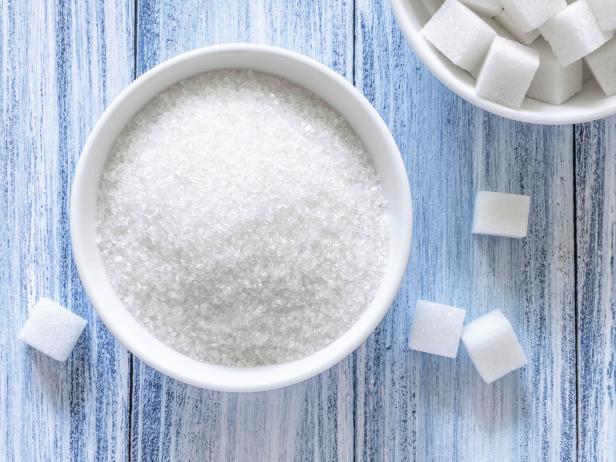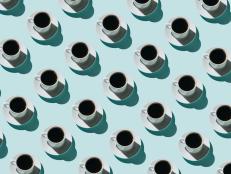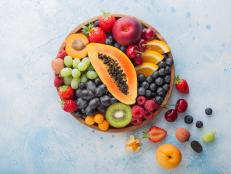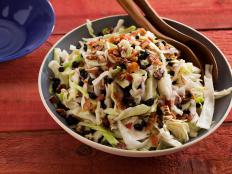Are You Eating Too Much Sugar?

Think your consumption of sugar is in check? You may be sorely mistaken. Find out how to stay on top of your sugar intake.
Tallying Up the Sugar
The American Heart Association recommends the daily max of sugar be 100 calories (6 teaspoons) for women and 150 calories (9 teaspoons) for men. According to the research, Americans are seriously overachieving, taking in upwards of 20 teaspoons each day!
There are differences between natural sugars found in healthy foods like fruit and dairy and the added sugars found in soda and other low-nutrient foods. Because this is understandably confusing for consumers, efforts are being made to bring food labels up to speed. Proposed revisions to food labels include a separate designation for added sugars, plus the addition of a Daily Value percentage to help folks size up their sugar intake at a glance.
Ways to Cut Back
Added sugars are found in so many foods that assessing your intake takes more than counting teaspoons or sugar packets. Some brands of seemingly healthy foods, like granola bars, cereals, yogurt, fruit juice drinks, condiments and salad dressings, are loaded with the sweet stuff. Do your homework!
Lingo: Learn how to identify added sugar by its many names. Corn syrup, high-fructose corn syrup, malt syrup, cane sugar, brown sugar and evaporated cane juice are just a few sugar aliases.
Ingredient Lists: Scan ingredient lists and pass on most foods where sugar (or a sugar alias) is listed toward the top.
Shop Smart
Compare brands of some of the typical offenders and choose ones with less added sugar. Many brands have recently reformulated their recipes to cut back on some of the sugar. Here are some good choices for some commonly sugar-laden foods.

Granola Bars: These popular snacks can be more like candy bars. Choose dried fruits like raisins and cranberries over chocolate chips. Brands like Kashi and Cascadian Farm have some flavors that tend to be lower in sugar; many of the Larabar flavors have no added sugar whatsoever.

Cereal: Cheerios, Chex and Barbara’s Brown Rice Crisps are just a few of the cereals on our list of best cereals.

Yogurt: Look for brands of flavored yogurt made with real fruit and that are free of artificial sweeteners. When shopping for kids, check out Chobani Kids for lower-sugar options.

Juice: Keep yourself (and the kids) away from sugar-laden beverages. Check labels for options made from 100 percent fruit juice. Try fresh, cold-pressed Wtrmln Wtr — natural sweetness and zero added sugar.

Salad Dressing: Add a touch of honey to a homemade batch, or try Annie’s, which offers numerous salad dressings that contain little or no added sugar.
Dana Angelo White, MS, RD, ATC, is a registered dietitian, certified athletic trainer and owner of Dana White Nutrition, Inc., which specializes in culinary and sports nutrition.


































